This is a guest post from reader Malcolm M
One of the first things noticeable to Western tourists visiting Japanese cities is how little traffic there is. Here is the morning peak on the main street of Ginza, Tokyo. Instead it’s crowded on the subway line beneath the street, and plenty of people walk from the subway station to their destination. In the West we have lobbyists selling the mirage of congestion-busting by building more roads. What are the secrets of congestion-busting the Japanese way? Here are some observations from a recent holiday in Japan.
1. Virtually no on-street parking, and instead there are private off-street paid parking areas. Even in rural areas there is a white line along the side of the road indicating no parking. Illegal parking attracts are fine of 10,000 to 18,000 Yen (NZD 145-260). Much of Japan’s urban area was developed in an era when car ownership rates were low, so there was little provision for them as evidenced by narrow roads like this one in Kyoto. Although only developed to 2-4 stories, this area is densely populated because Japanese living areas are small, and there simply isn’t room for everyone to store their own car.
2. To register a car the owner must prove they have a place to park it. Here is a car stacker at an apartment complex in Sapporo. There is also a ban on overnight on-street parking. (I have heard similar bans apply in parts of California, so it’s not just a Japanese solution.)
3. Parking is provided by the private sector, and motorists expect to pay for it. We parked our rental car here overnight in Sapporo for NZD 15. Because parking is priced appropriately there are always vacant spaces, and I never saw one of these private parking areas full. I also saw no provision of parking for employees either except at factories outside urban areas. Photo credit: Google Streetview
4. Many of the streets have wide sidewalks where pedestrians and cyclists mix, which is quite safe because Japanese don’t cycle fast (and they don’t need helmets either). There is no parking lane, and traffic is light despite it being a densely built-up area.
This is a main street in Sapporo, which has a metropolitan population of 2 million (greater than Auckland), but because of its high density and light traffic it feels more like Christchurch to drive in. Only 3 km to the south is uninhabited mountain, 7 km to the north is the start of agricultural land, and the furthest suburbs are only 18 km away. Sapporo has a metro that carries 210 million passengers per year, and a further 76 million per year use the above-ground rail system. More information here:
5. Zoning is for building form rather than its use, so property owners are free to convert residential buildings to shops or restaurants. There are lots of 7-Elevens and similar convenience stores that sell pre-made meals at prices competitive with home cooking. Since these stores are within walking distance of most residents, there is less need to drive to a shopping mall. Japanese apartments have small kitchens and little storage space, so shopping tends to be for small amounts at frequent intervals. We used this Lawsons convenience store in Kyoto, which was busy despite no provision of parking. More information on Japanese zoning here. Photo credit: Google Streetview
6. Both public and private investment in public transport infrastructure. It is well-used and well-maintained. Here is a 10:40 pm Sunday service of the Tsukuba Express, one of Tokyo’s newest train lines. It has a top speed of 130 km/hr and acceleration that can be felt. It is operated by a company owned by a consortium of local and prefecture governments. This way, the debt for its construction is tied to an income source of fares, rent and land value uplift, rather than consolidated government debt that must be paid off by taxation as Western governments tend to do. More information about the financing model is here and here. Once sufficiently profitable, most publicly owned railway companies have been sold to shareholder-investors by listing on the Japanese stock exchange.
7. High intensity use of greenfield land. While most of Tokyo’s current urban area was developed prior to mass car ownership, a few areas such as the railway junction above were developed recently on greenfield land. Here the Tsukuba Express links the satellite town of Tsukuba with inner Tokyo. Land around the new station was reserved for high density development. Some of the costs of the railway were covered by land development. One development was a 3-storey shopping mall with a walkway connecting it to the station and 5 storeys of paid parking on the opposite side of the mall. Parking costs NZD13 per day. The station is also a junction with a privately-owned orbital rail line (opened in 1911), which acts as a feeder for the Tsukuba Express. In its first full year of operation in 2006 the Tsukuba Express carried 71 million passengers, which would have been mainly through transfers from other rail lines, but grew to 117 million in 2013, presumably as areas near the new stations became developed. Photo credit: Google Earth.
8. Private sector expressways. Tolls are 25-60c/km and have lots of tunnels to cope with New Zealand-like terrain. We never saw any congestion of the expressway network. A toll of this magnitude dissuades Japanese from buying housing on the urban fringe, so their cities don’t tend to sprawl along the expressway network.
9. No publicly provided parking at the most popular tourist attractions. Here is one of Japan’s most popular tourist attractions, the Fushimi Inari shrine at Kyoto. In the US or New Zealand there would be a large car park and traffic congestion, but here there are two train stations, lots of pedestrians and no traffic. Japan’s international tourism has grown from 5 million in 2000 to 31 million in 2018. More than half of these are Chinese and South Koreans who are used to good public transport systems in their home countries, and less confident hiring a car in a foreign country. Because many of Japan’s attractions are accessible by rail, its capacity to absorb further growth is much greater than if its transport system were road-based. (There is also a wild side of Japan beyond the rail network, where tourists confident with a hire car can see great scenery with little traffic, and the parking is free.)
Plenty of visitors from the tourist attraction wait for the next train back to central Kyoto.
What are some small steps that could be taken toward this model? The foundations of our urban structures are first legal, then financial. Governments come and go, and government appropriations rarely last more than 3 years unless there is a legal responsibility for provision of a service. The urban legal foundations in Australasia are strongly influenced by post-war developments in the United States, such as zoning, minimum parking requirement and publicly funded freeways.
- In new subdivisions, no on-street parking, except a few time-limited bays for visitors and tradespeople.
- When registering a vehicle include the address at which it will normally be parked, and provide access to this database to council parking officers, who could then easily book non-resident cars, or those without resident permits (in areas where the council chooses to do this).
- Take away the right of councils to zone land as “single-family residences”, as this is discriminatory against cultures where several families may live together. It was originally introduced in the US to keep out African Americans, who would often have multigenerational families within the same house. This zone should instead allow for buildings up to the same height currently allowed, which is normally 2 storeys plus a peaked roof, or 3 storeys with a flat roof, and could be apartments that fit the building envelope.

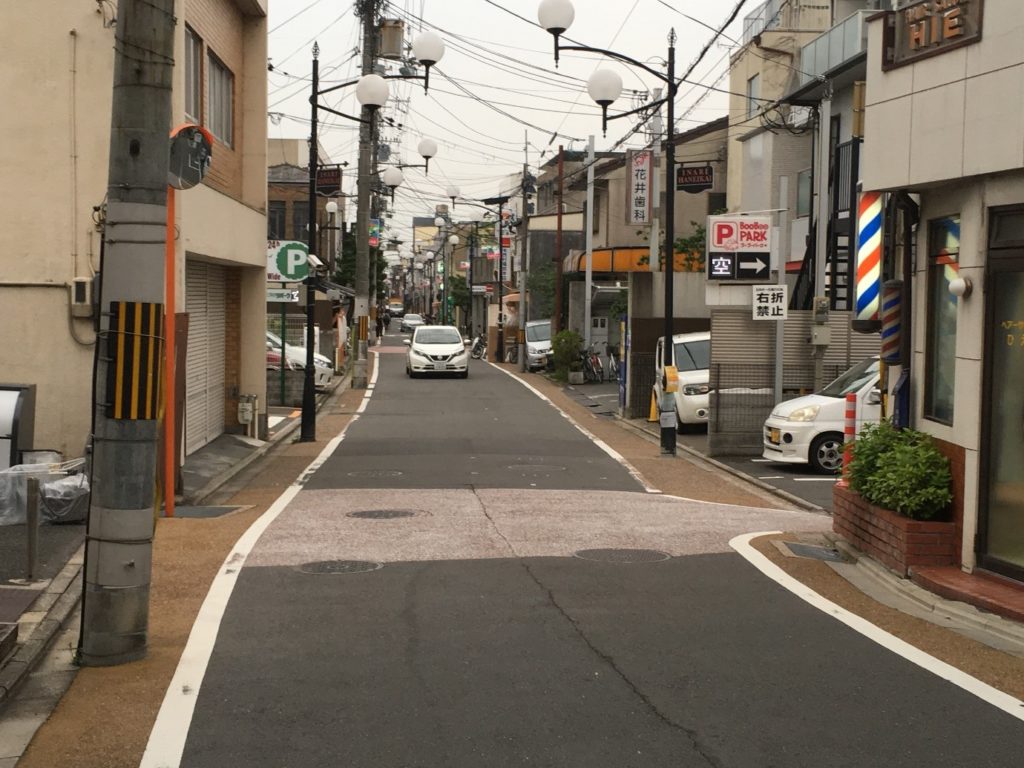
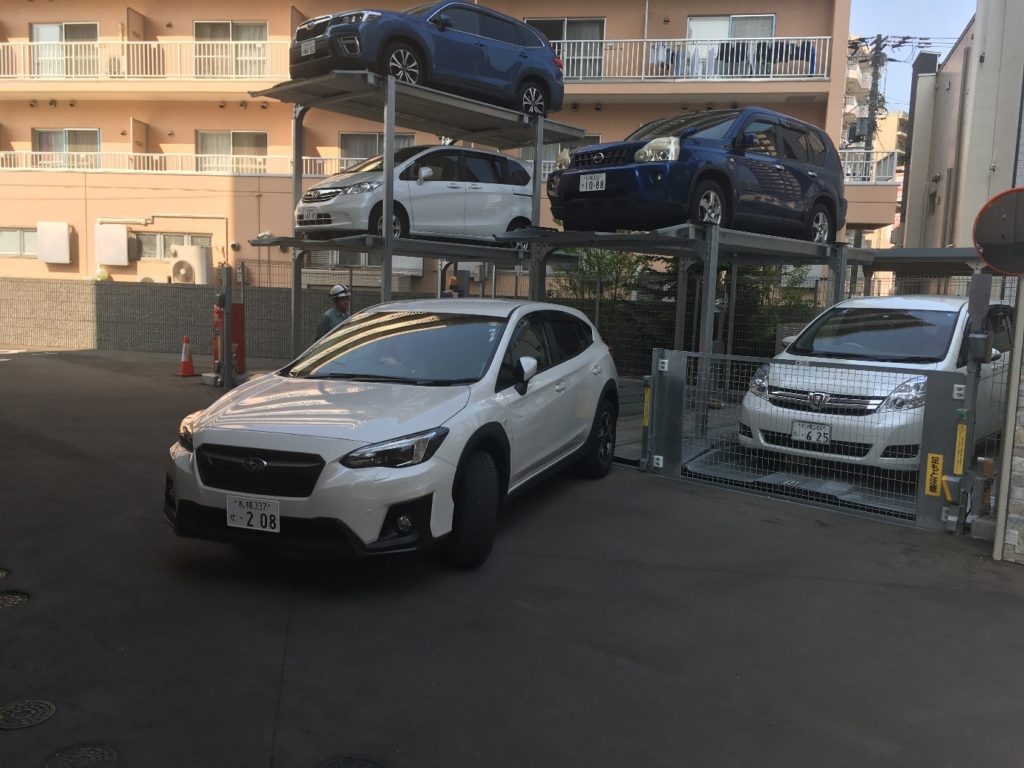
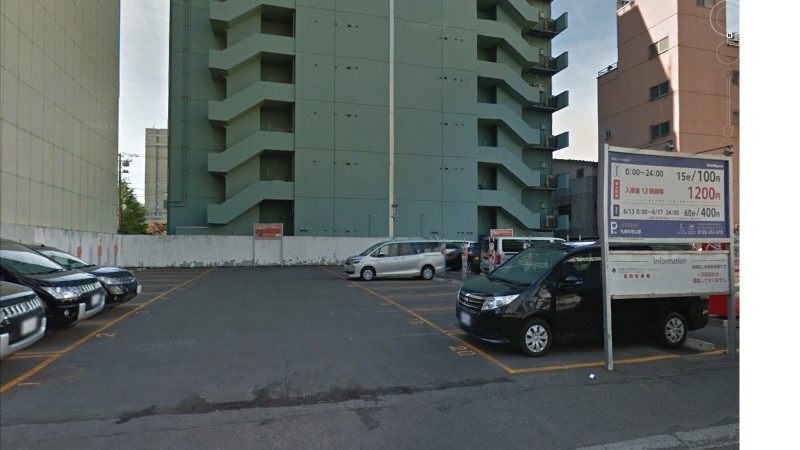

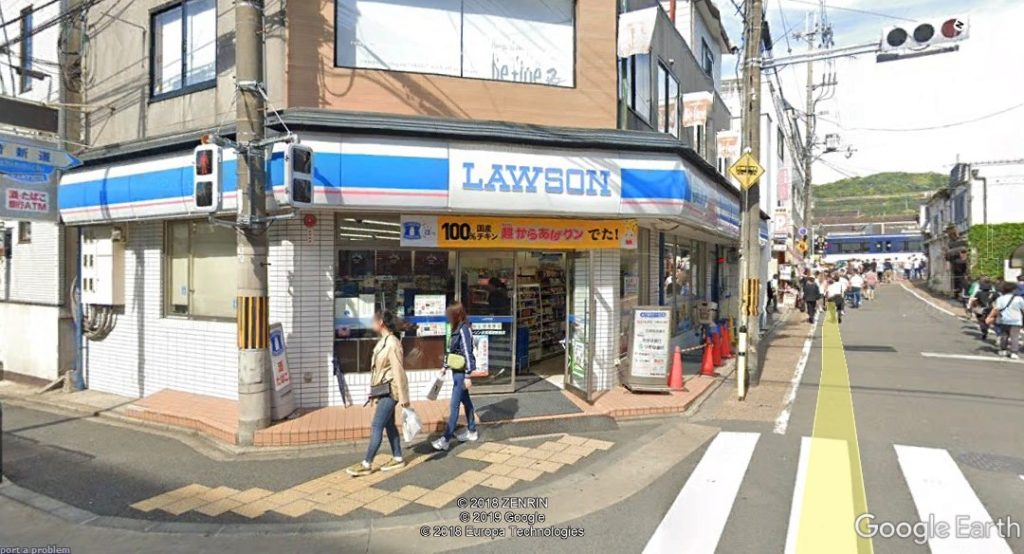
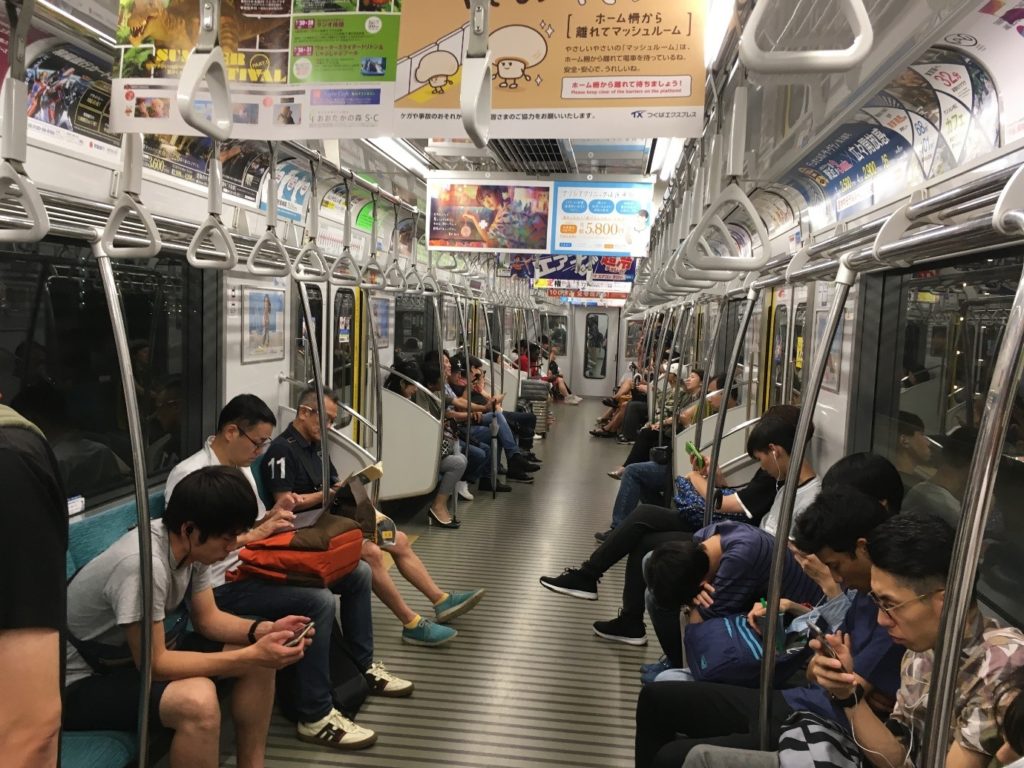

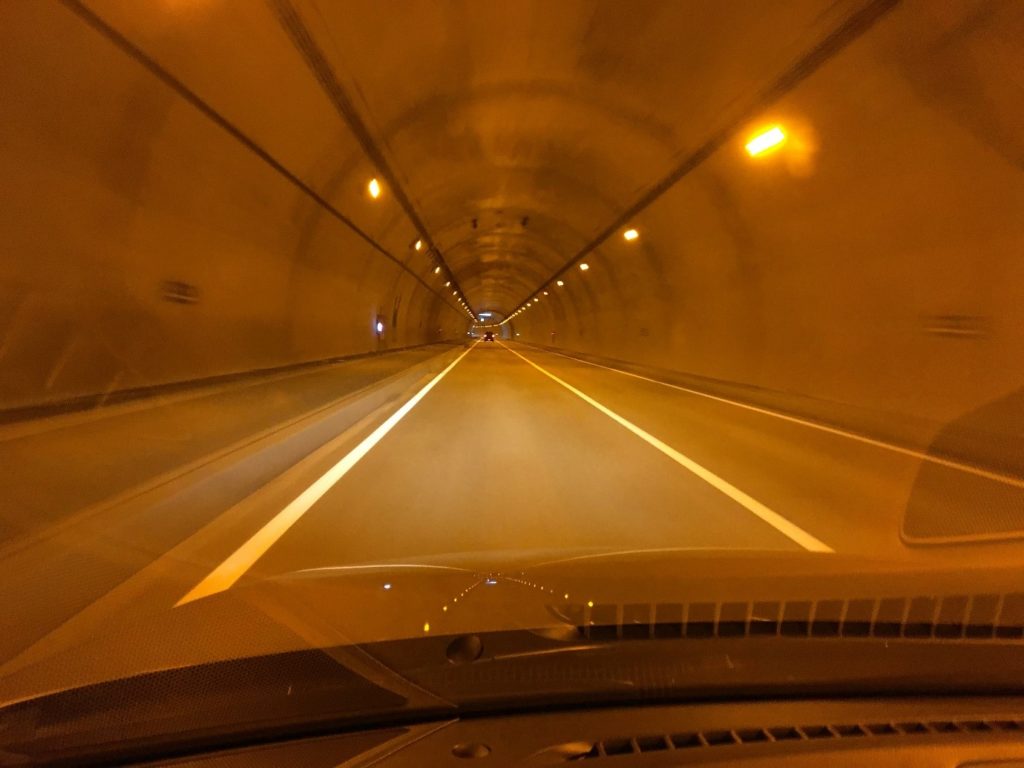
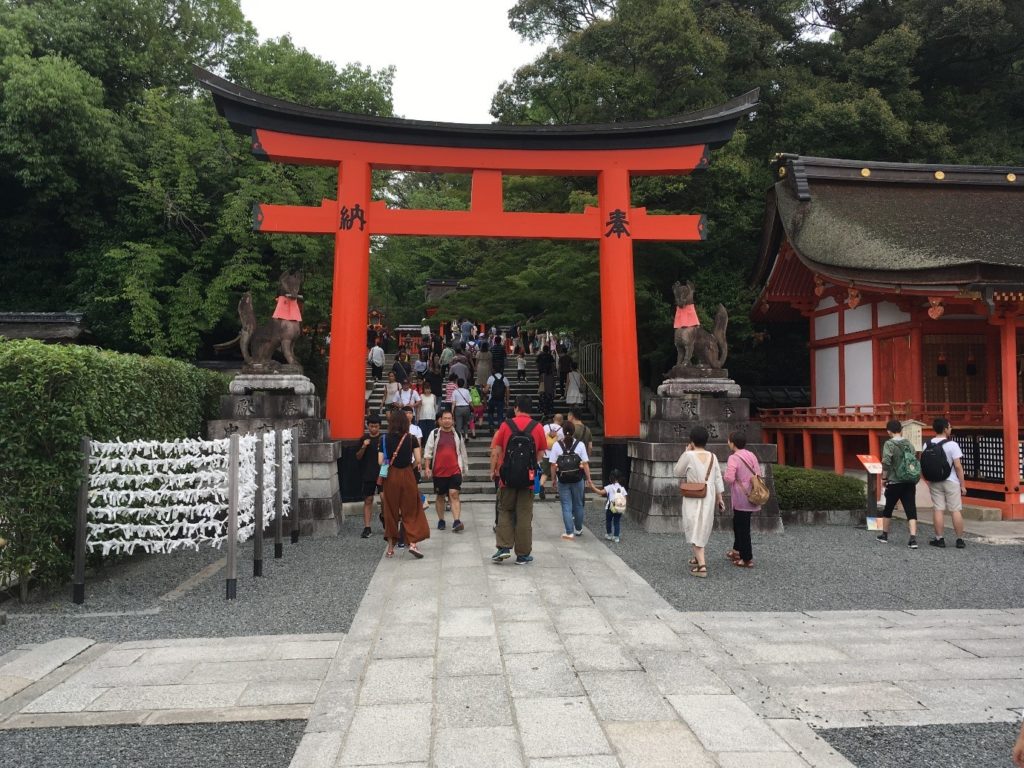


 Processing...
Processing...
Ah…what I wouldn’t give for another lazy sunday afternoon sitting on a chair in the middle of Chuo Dori (the main street of Ginza, which is closed to cars on Sundays). Bliss.
It needs a reset of the mindset in this country to become more like Japan where Public Transport is widely used in major cities. We have far too many car-centric politicians (including quite a few standing for Auckland mayor and Councillors election) who ignore the benefits of PT. As a tourist, using their PT (with the help of Google Translate) is very convenient. They also have an integrated card system (e.g. Osaka’s card can be used in Hiroshima, which is >300km away)
We also need to mindful that Japan does have a relatively high car ownership (1.06 per household) as a whole, with lower car ownership in cities (e.g. Tokyo 0.46).
https://www.thecarconnection.com/news/1113587_car-ownership-on-decline-in-japan-but-what-does-that-mean-for-american-drivers
Losing design champions like Ludo in Auckland is a big loss to the city… fear the good progress we made would be stalled or even go backwards
As far as Sapporo goes. Street side parking is not possible there during the winter months. Ploughed snow is often 1 to 2 metres high along the road edge. It’s quite common to see snow drifted as high as the roof eaves of two storey houses in that part of Japan.
Great post, thanks.
And a great question: What are some small steps that could be taken toward this model?
There are lots of small steps that can be taken before the planning frameworks have been changed at central government level. One key difference you’ve highlighted is this:
“No publicly provided parking at the most popular tourist attractions.”
It’s largely within Council’s control to reduce parking, and stop adding parking to public facilities and tourist attractions. And where the attractions are on good public transport lines, providing more parking cannot be justified, given the known effect of inducing traffic and preventing people from cycling and walking that it causes.
GPS electronic pricing of actual car use of public spaces (both for when they are moving and when they are parked) should be introduced ASAP.
There should be an initiated public project investigating the whys and hows of how to implement this.
There should be widespread agreement in NZ that big steel boxes (motor vehicles) pay rent in direct proportion to their use/demand for these public city spaces.
It is the assumption that valuable city spaces should be free for private motor vehicle use which is at the root of many of our city problems.
Electronic GPS monitoring of car use could massively reduce the transaction costs of ensuring motor vehicles pay a fair amount of city space rent.
A first start should learn to do a proper Transit-Oriented-Development.
For example, build the train station and rapid transport infrastructure first before subdividing the land.
True
Like post-war New Zealand when the Hutt Valley railway line was duplicated and electrified by capturing the uplift in value of surrounding subdivisions. This was before public policy became captured by lobbying from Motordom.
Heidi,
yes this is a good point.
Progressive Councils like Queenstown are running buses to attractions rather than building car parks there.
I believe that all our infrastructure requires examination. You have made the point previously about the value of international tourism to NZ. Consider a low value freedom camper couple arriving in NZ – they pick up their Jucy camper and head off on Auckland Roads that they pay only a small contribution to by way of the petrol tax; as they move on to a motorway they are still contributing much less than the cost of the road; they stop at free public toilets in Huntly; stop in the free 2 hour parking in Hamilton to grab a lunch to takeaway, on which they pay a small amount of gst; park in the free Hamilton gardens car park and visit the free gardens; stop at the free car park at the Huka Falls; and freedom camp in Taupo for the night.
I’d love to see a full cost/benefit analysis of what NZ derives from this. It is very different from my experience when we travel overseas where you pay for many of the above activities. So, while the airlines; the hospitality sector; and the owners of attractions receive some benefit, much of these activities are keeping other kiwis poor.
It would be good to acknowledge that NZ had city building choices and we chose the US motorway choice post WW2.
NZ could have gone down a city-building route more like Japan’s and I would argue the longterm costs wrt housing and transport would have been much less. And the benefits to productivity, inequality and the environment much more.
NZ should as a society be much more knowledgeable about this history. These past decisions affect the urban environment where 85% of us live.
If NZ is to successfully reengineer its urban environments to tackle the housing crisis and climate change crisis then it needs to know what choices it made in the past and what were the consequences of those choices.
Great post Malcolm M. It described in a very readable way some key urban environmental choices Japan has made. It is papers like this which illustrate the choices and consequences of the decisions we have made in NZ.
Without these examples it is very easy to fall into the trap of thinking that what we have done in our cities is somehow natural or inevitable.
I have tried to write about these differences too but lacked your specific examples.
https://medium.com/land-buildings-identity-and-values/japanese-urbanism-and-its-application-to-the-anglo-world-8e8058f87110
Unfortunately many older generation in NZ still deeply believe the auto-dependent model is the best and only way.
Excellent piece.
In terms of zoning, there are *some* restrictions on use, but what I really like is that zoning allows for very scale stores in residential areas.
I guess the Kiwi dairy isn’t too far removed from this notion.
A few of my own observations of Tokyo…
1. Faults in the rail system are virtually unheard of.
2. There is no graffiti and no litter anywhere (despite complete lack of public rubbish bins). This is clearly a mark of the higlhly respectful group culture of Japanese society.
3. Despite pedestrian friendly streets, good public spaces are rare. The Japanese are not a cafe culture and don’t appear to do urban life very well.
4. As Zen Man notes, you can walk to a supermarket from almost anywhere. Retail and residential are not separated.
5. Motorways are still congested if you choose to drive!
6. Residents manage to park in the most incredibly tight locations – and we have trouble parallel parking!
7. Home ownership is the norm and is affordable. A surprising number of homes are detached houses – even though sites are tiny
There is certainly a lot we could learn from.
The Japanese […] don’t appear to do urban life very well. → wait, what??
It seems like a clear cut case to me that the Japanese are good at it, while New Zealand can barely do it at all.
“Despite pedestrian friendly streets, good public spaces are rare. The Japanese are not a cafe culture and don’t appear to do urban life very well.”
Japanese generally spend their time at sake bars. The bars and restaurants are generally tucked inside side streets and away the main street.
There are some local parks and museum around if you know where to walk to. They are generally away from train station and busy areas.
The bigger shopping malls generally designed as ‘lifestyle’ center so people can spend their leisure time there. For example they have large book shops where people can relax, get a coffee and read. Some malls also has sightseeing platform and rooftop gardens for some romance.There are also arcade and theme-parks for family and younger demographics.
Also there are more relaxed areas in the suburb.
In suburb you can find more cafes and tea houses.
With lower rent, the shops generally has a more relaxed vibe.
Another thing that contributes to PT use in Japan is that a PT pass is usually included as part of your job package. It’s usually programmed to only pay for “free” travel between one’s home station and one’s work station” , but it can be used to enter the network and one pays additional as needs.
When I was living there in the 90s there were ways to to game the pass somewhat, but I understand those loopholes have long since been closed 🙂
AS for needing to prove you have a place to park a vehicle before you can register it – that has been in place in Tokyo at least since the early 90s – and you have to pay as well. My flatmate was paying almost as much for his carpark as he was for his single bedroom…
Mode share for Tokyo:-
https://en.wikipedia.org/wiki/Modal_share
Admittedly the figures are old but our Japanese homestay student confirms that everyone mostly walks and uses public transport.
I would have thought that a logical response to reducing emissions would include a quick change to such a model.
Funny to be reading this while looking out the window of my hotel near Nagoya- there’s not a soul to be seen, and the trains are all closed, thanks to the typhoon.
Apart from the epic rail infrastructure, the biggest thing that struck me about Japan’s transport is how prevalent cycling is across all demographics, despite generally crap cycling provisions. Bikes weave amongst pedestrians on the footpath, but I’ve never seen any bother.
I might do comparative videos of riding here and riding in Auckland- I suspect it will show the biggest problem area for cycling in Auckland is largely in the top two inches of all it’s various users…
Japan has high car ownership and a Government that is very supportive of the automotive industry.
There are very few incentives to support Low carbon emissions and the incentives that are available are not from the National government.
They do have a great bullet train network, but it’s expensive.
The Japanese economy is dead, negative inflation and 50 year mortgages. It’s a great place, but it’s not comparable to NZ in any way.
Hope you guys that flew up for the rugby, remembered to carbon offset your flight, by paying for bio jet fuel.
Japan’s parking policies are more through geometry (of having to fit a high population into the small proportion of the country suitable for urbanisation) than for greenhouse gas abatement. Nevertheless it is a great case study in a country that was minimally affected by the policies promoted by Motordom in the postwar era. One source I read said that Japan spends only 10% of its GDP on mobility compared to 20% in North America.
‘The Japanese economy is dead, negative inflation and 50 year mortgages. ‘
Sounds like where NZ and much of the western world will be, soon!!!!
Yes, the low birth rates in almost every country except Africa mean that we’ll have lots of lessons to learn from Japan’s aging and declining population. Many countries have been able to hide birth rates below replacement levels through immigration yet still maintain population and economic growth. Last year Japan’s population declined by 400,000, mostly in rural and outer suburban areas, while the major cities have continued to gain population but only slowly. It’s quite sad seeing abandoned or minimally maintained houses in places that have suffered population decline.